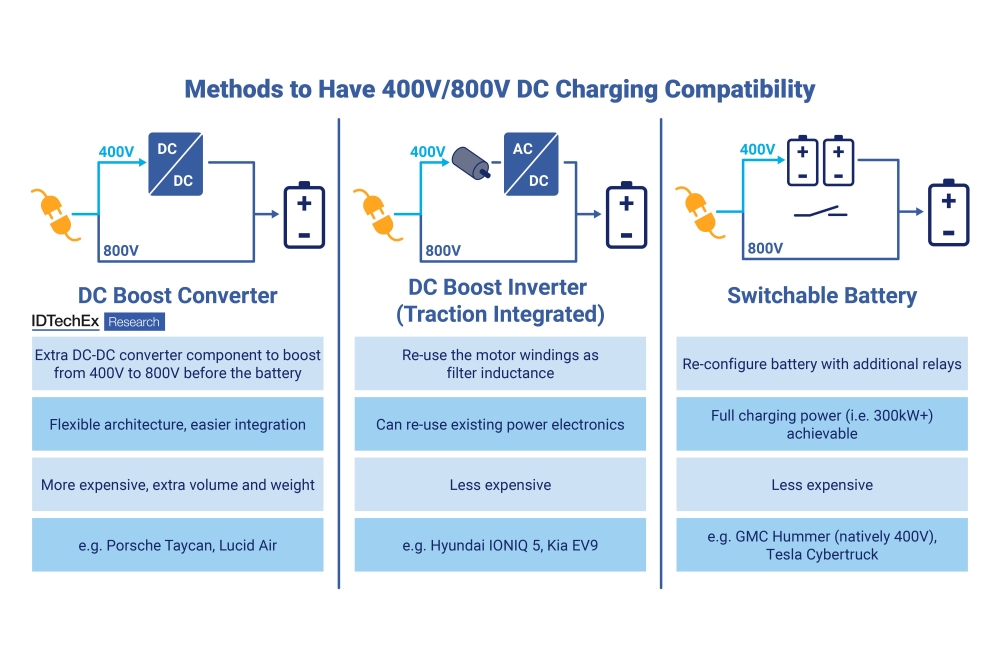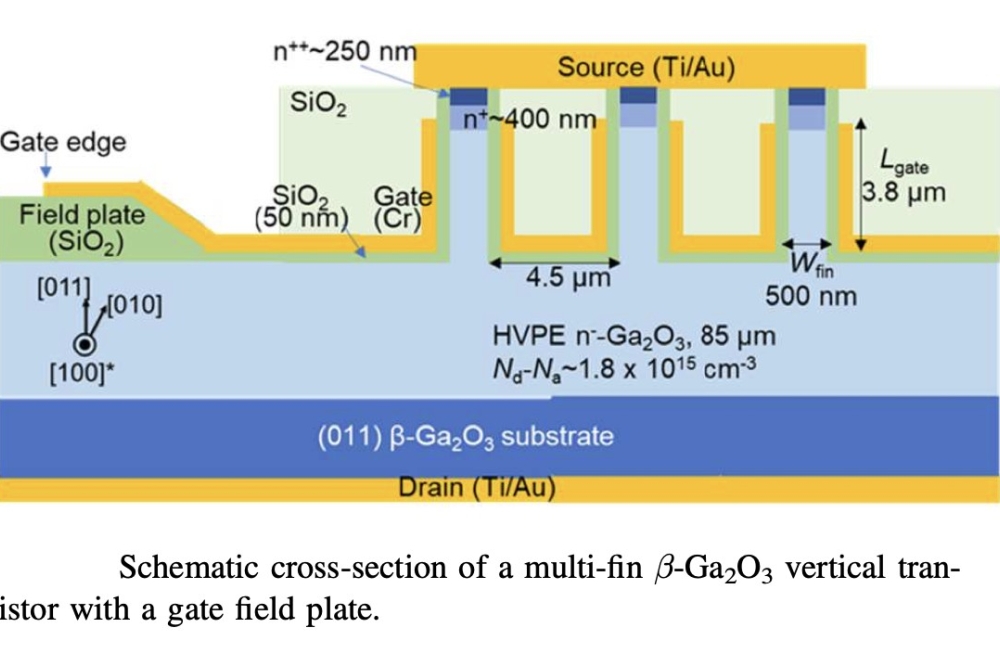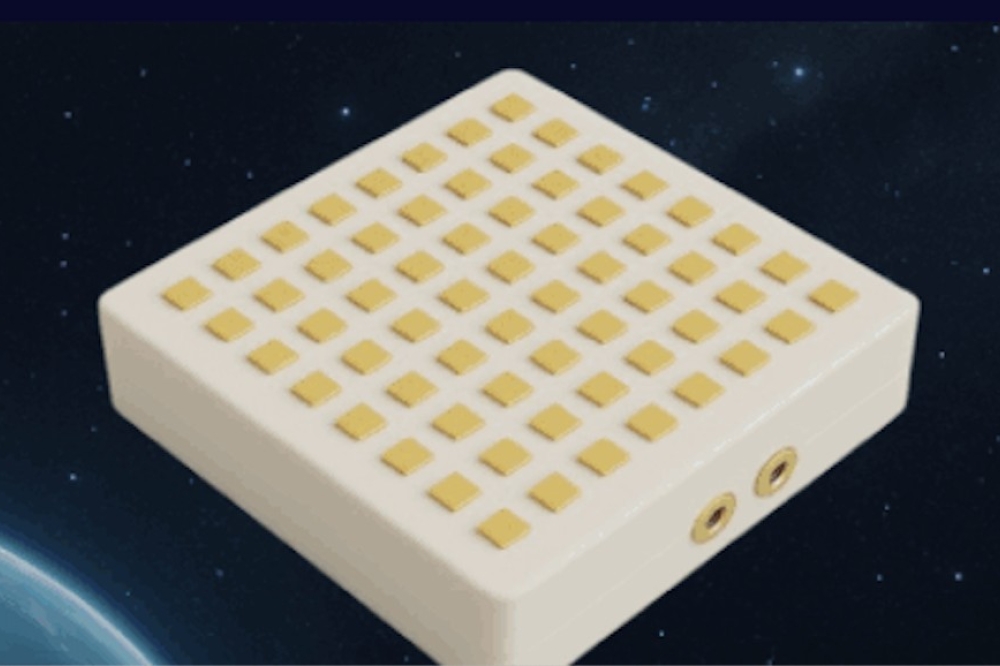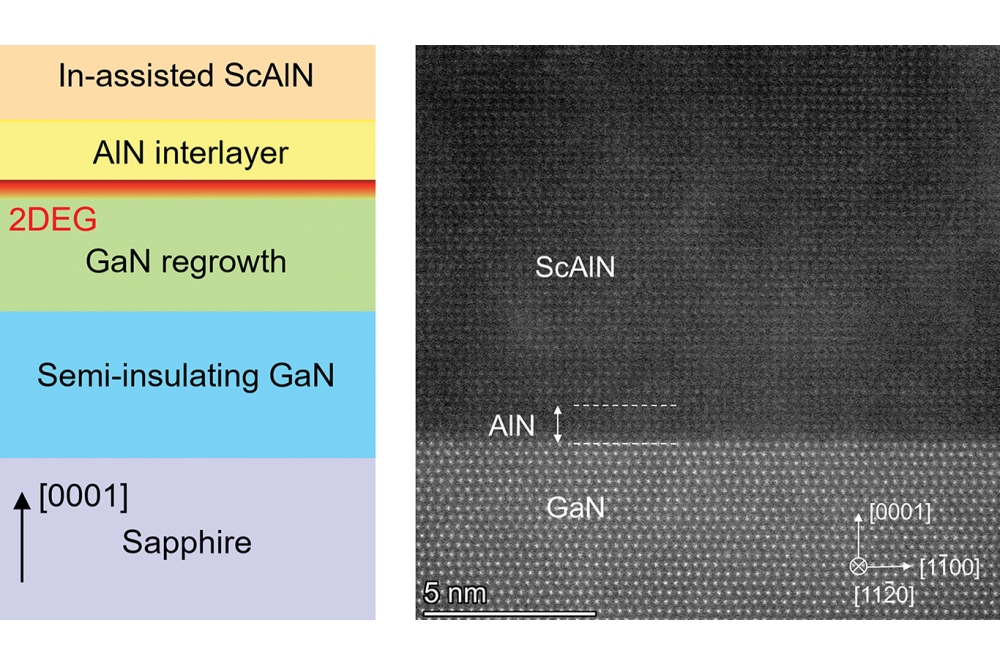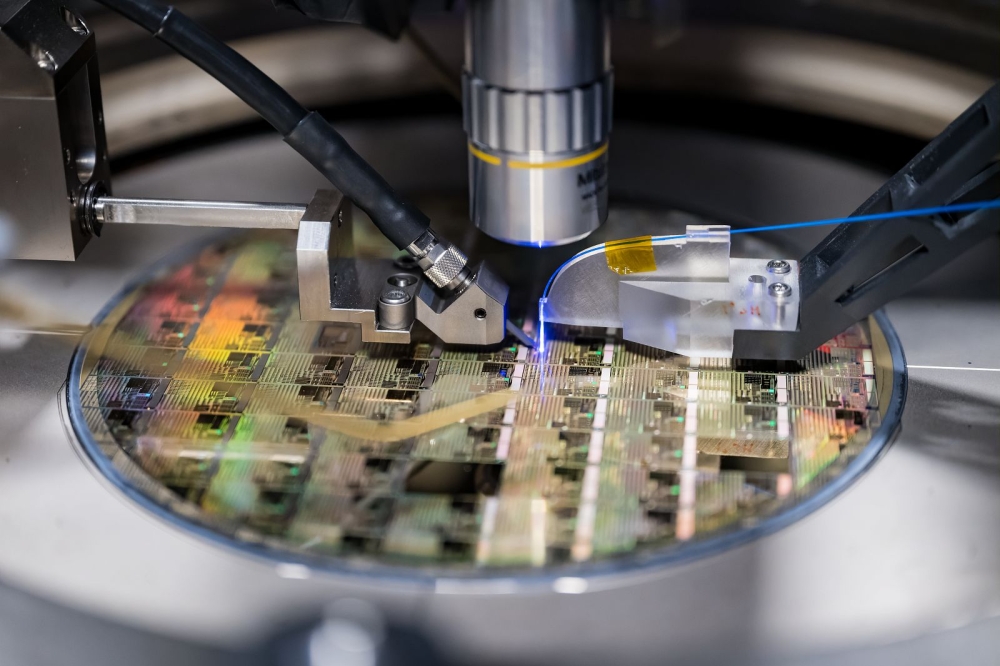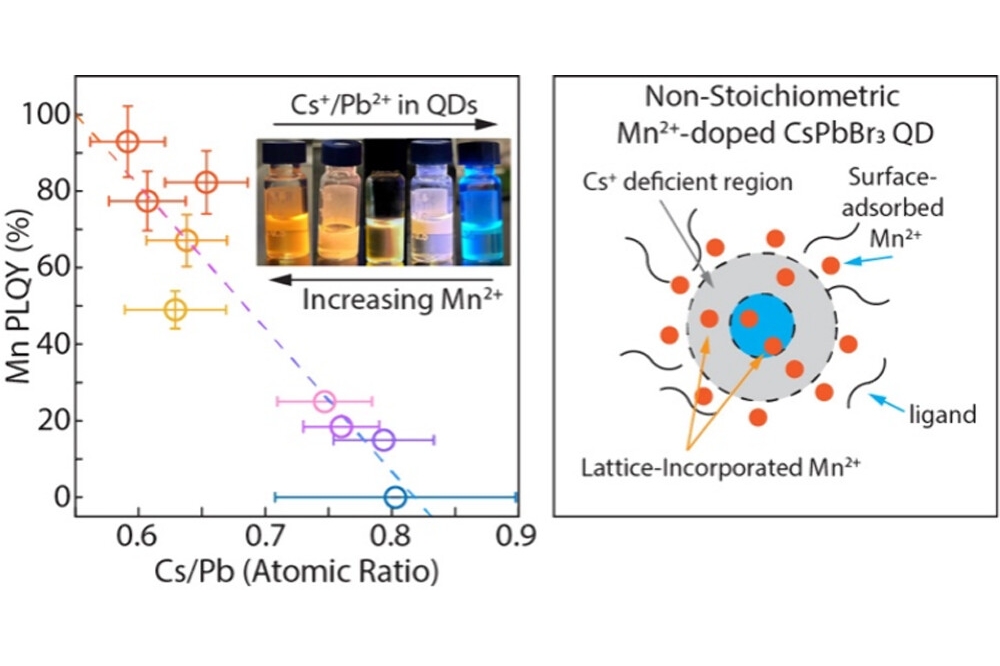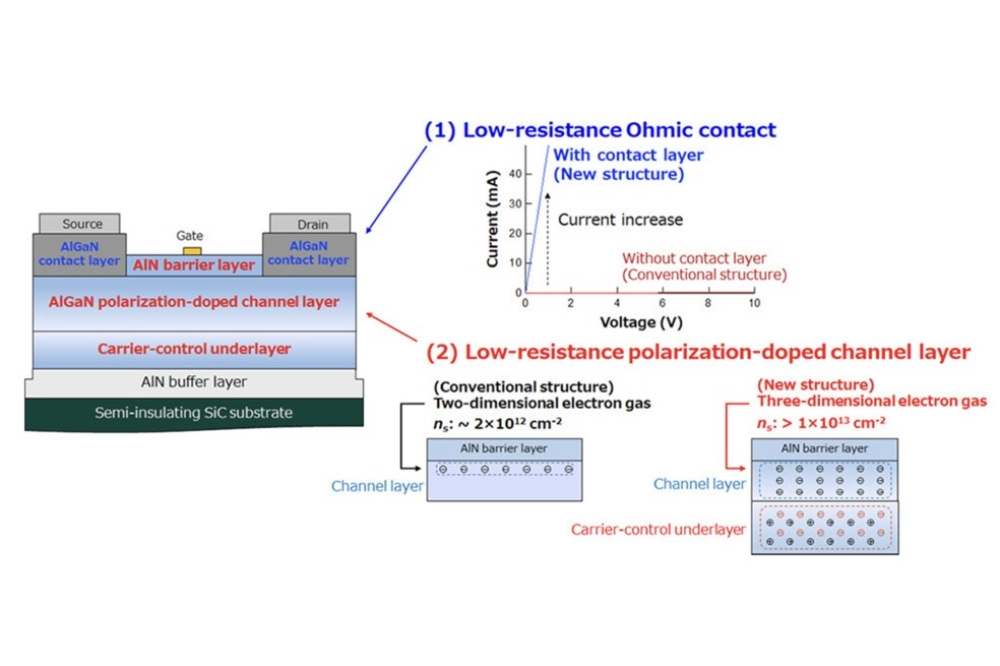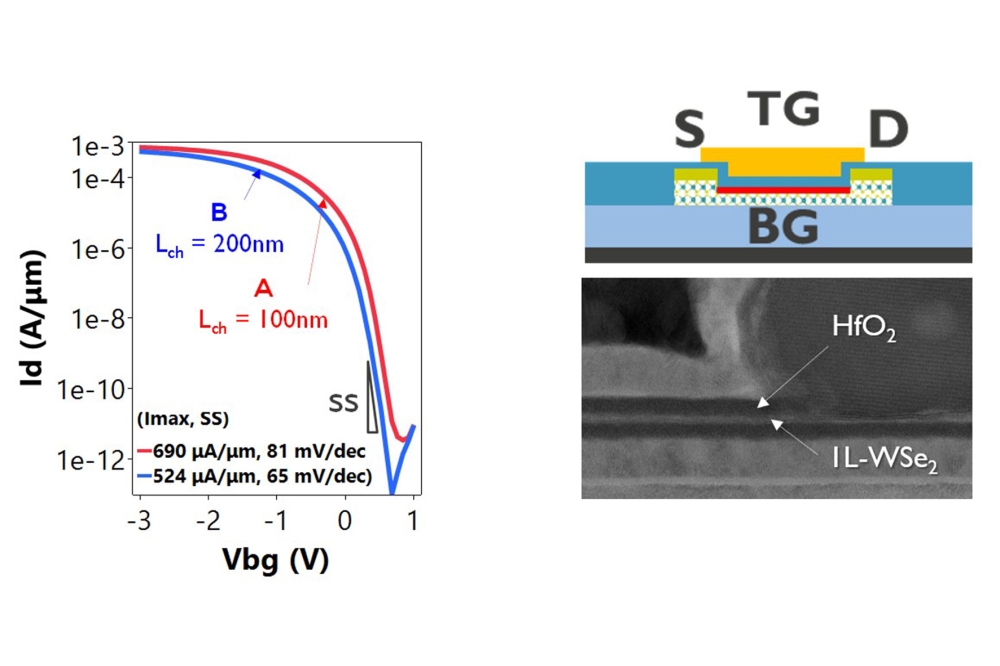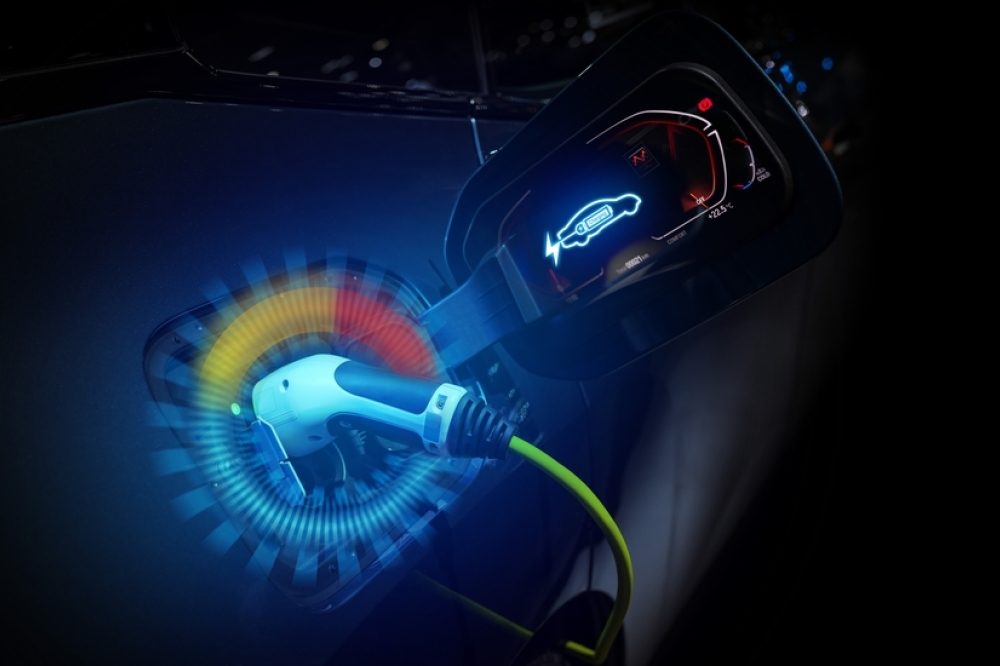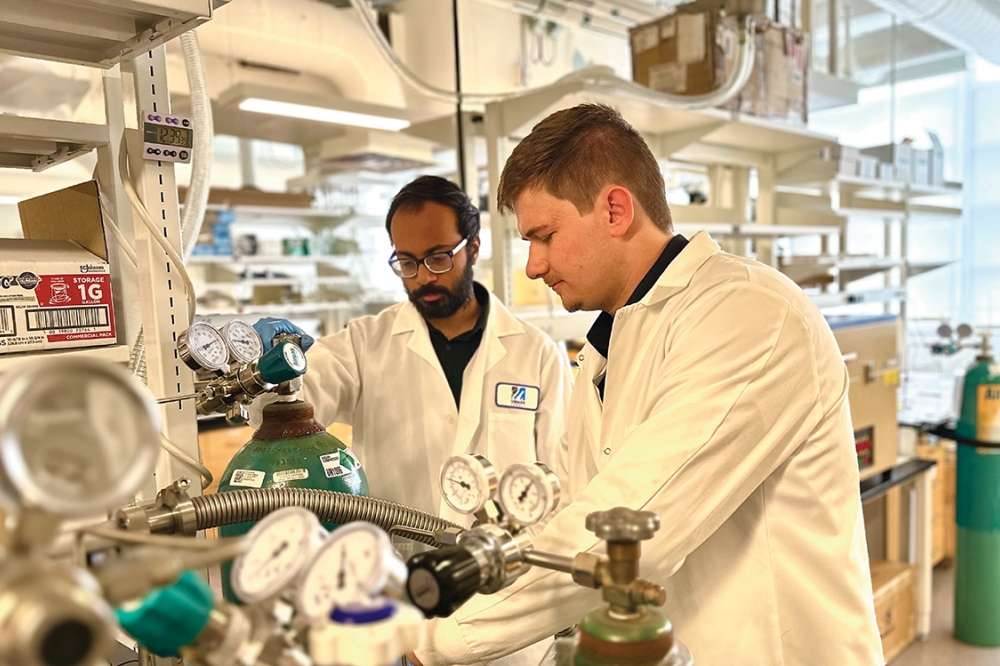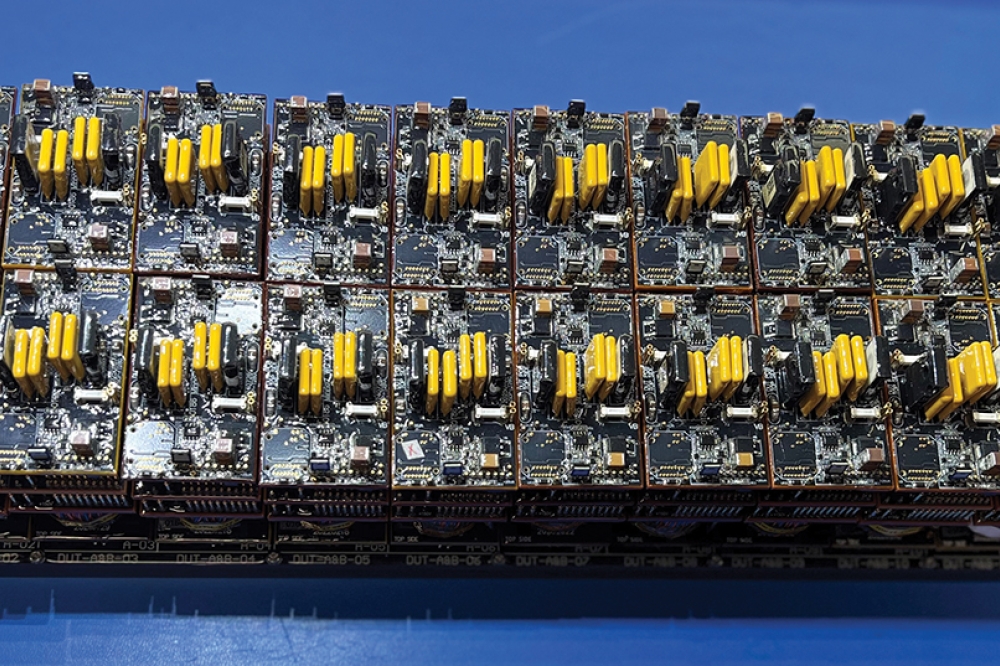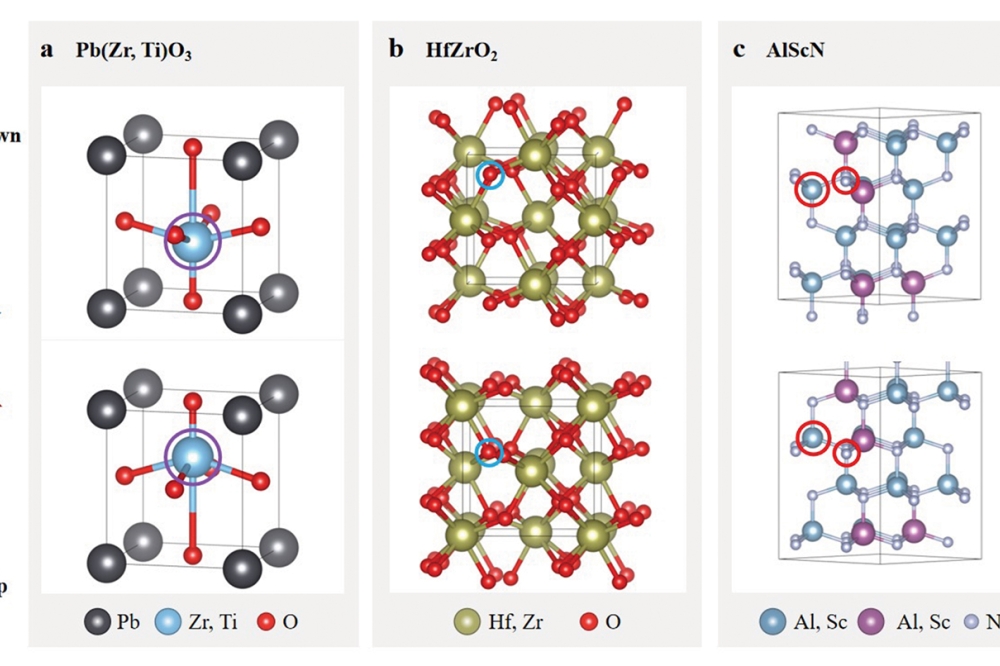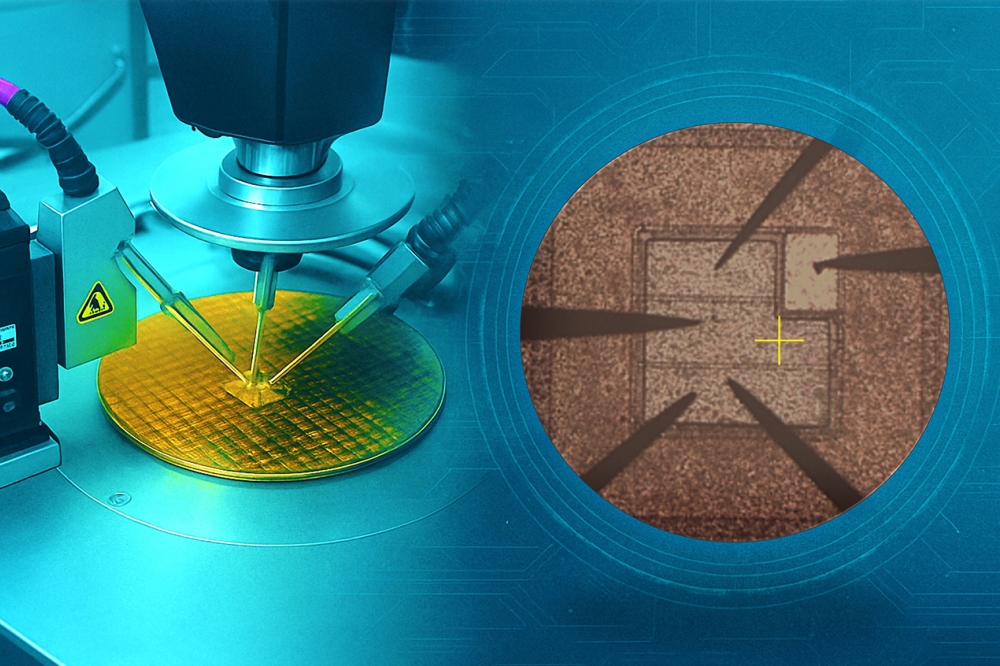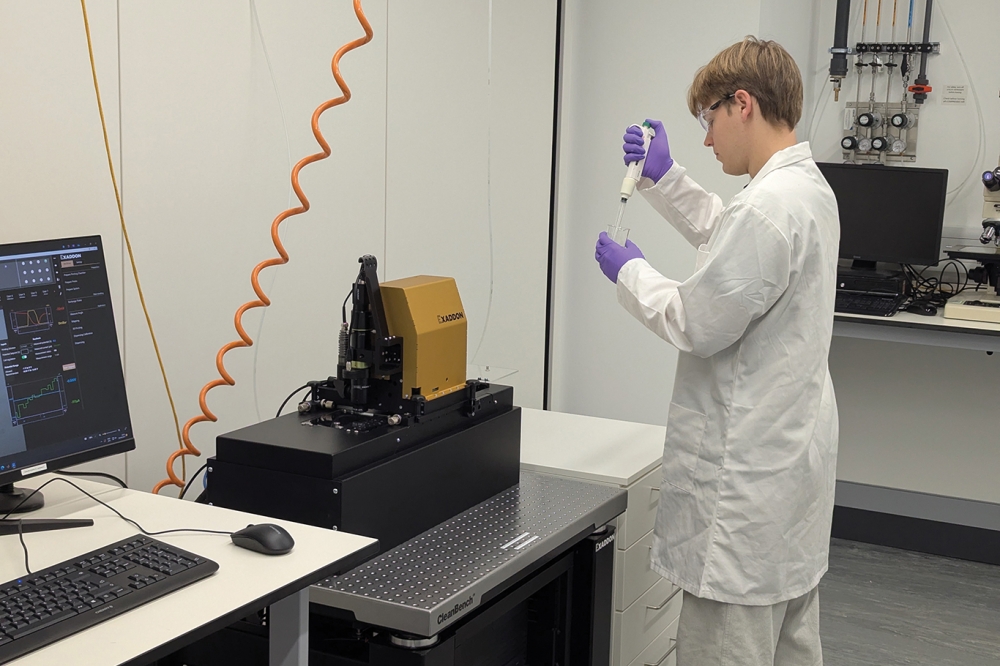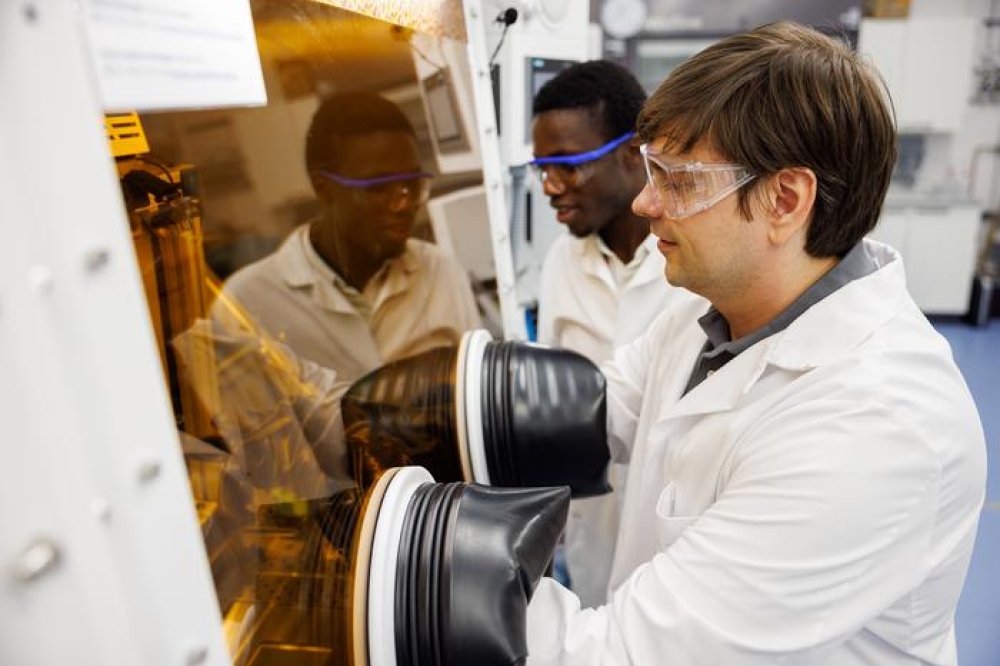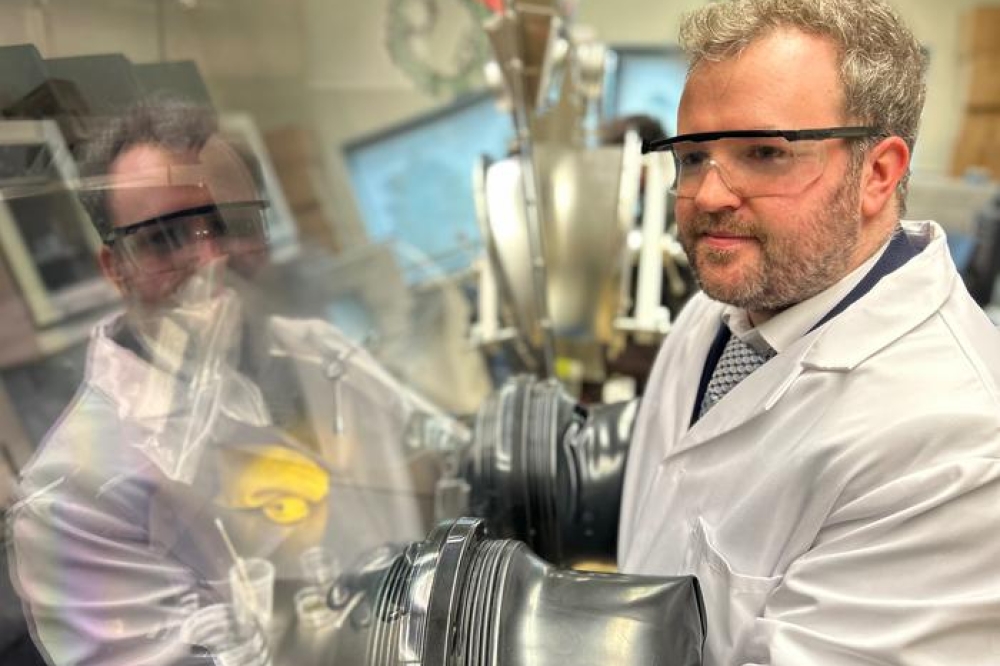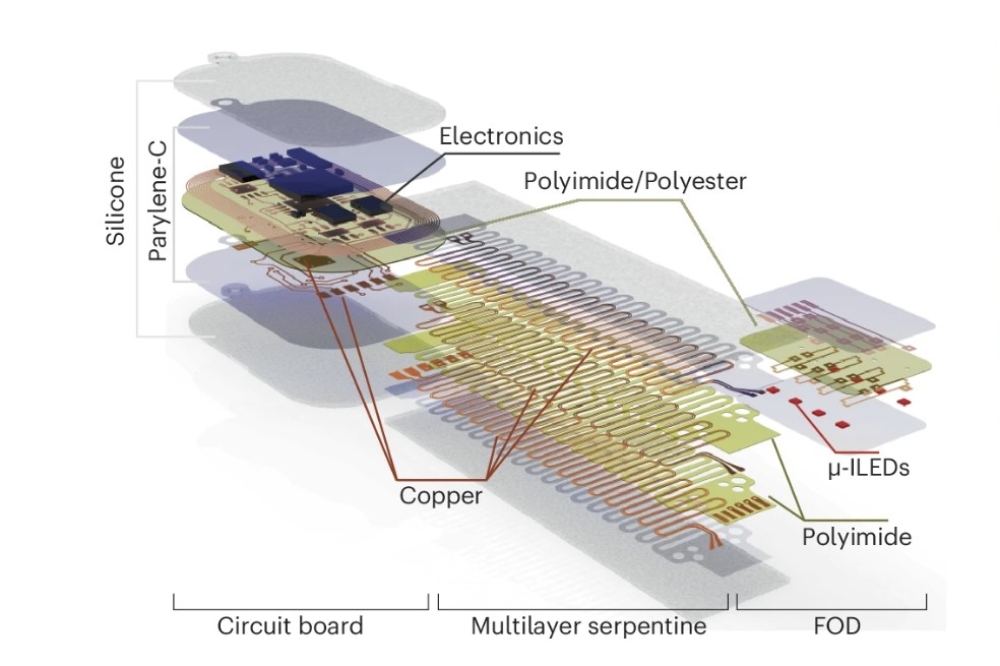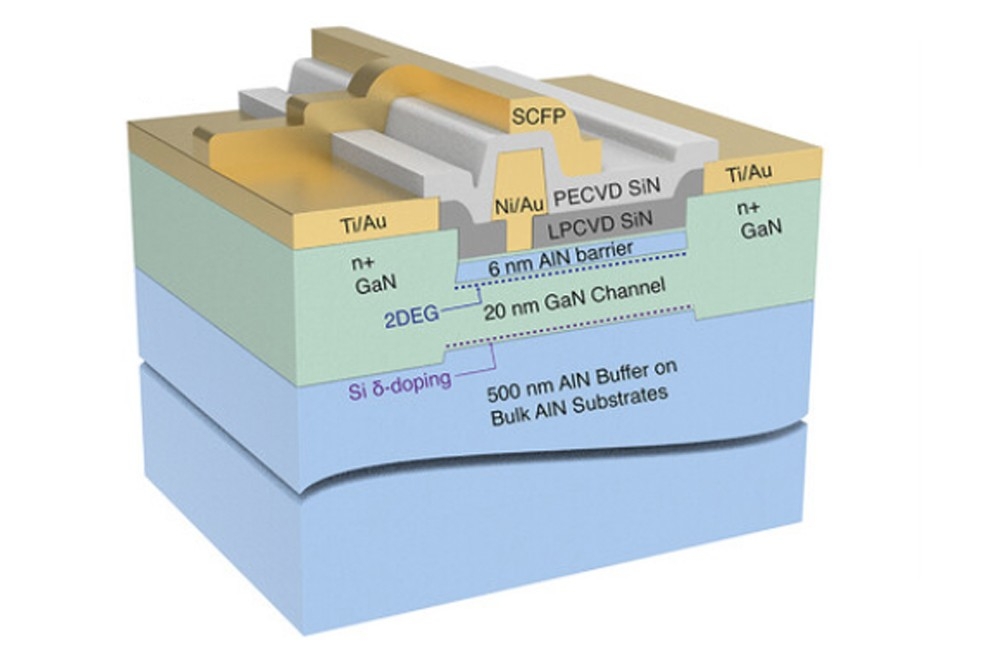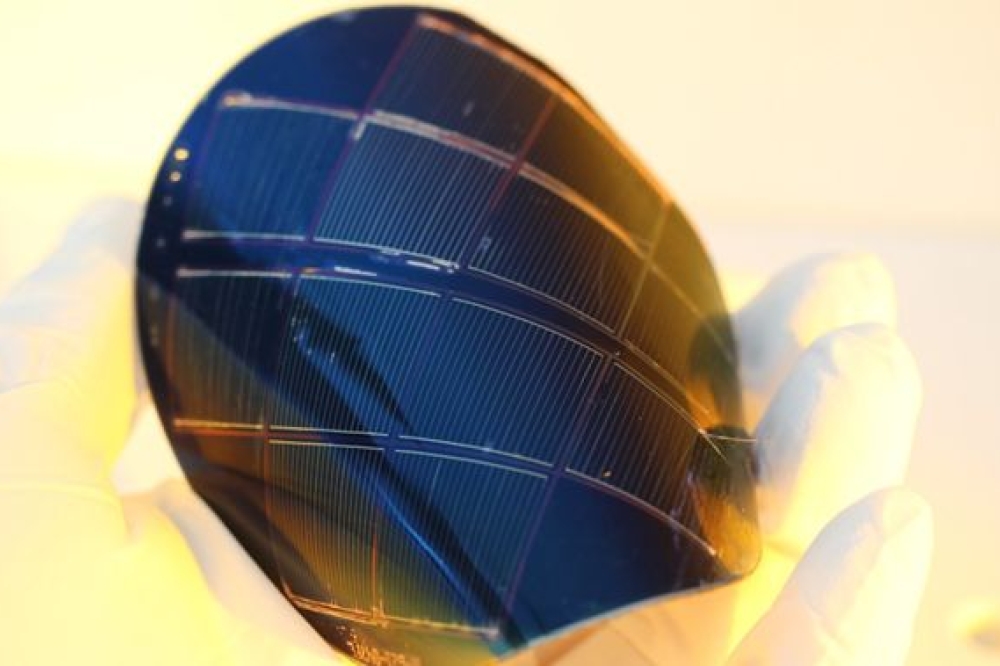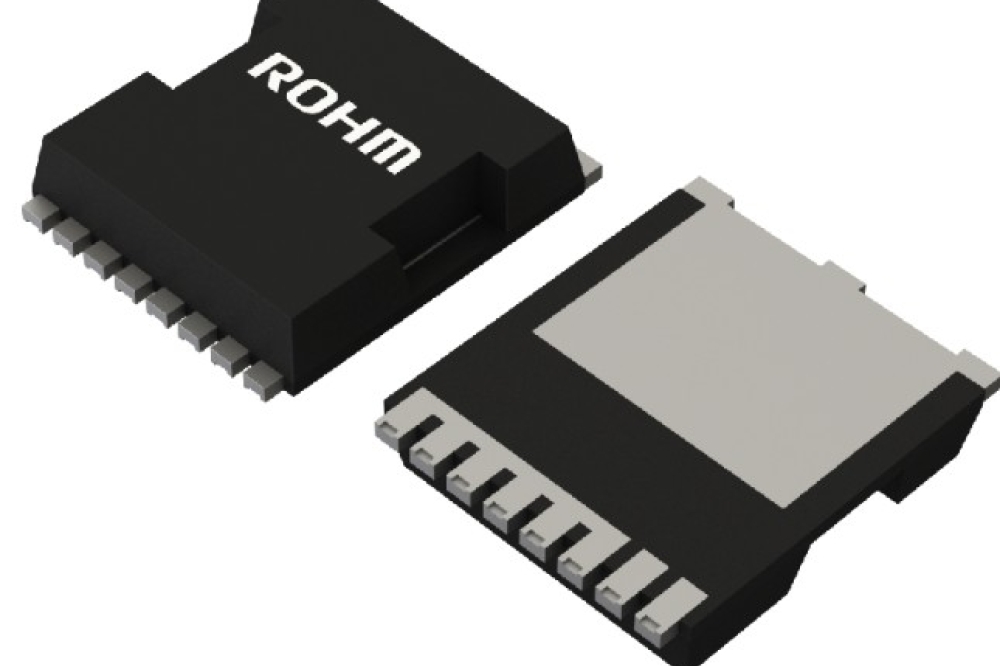U-M wins up to $7.5m for heat-tolerant SiC project
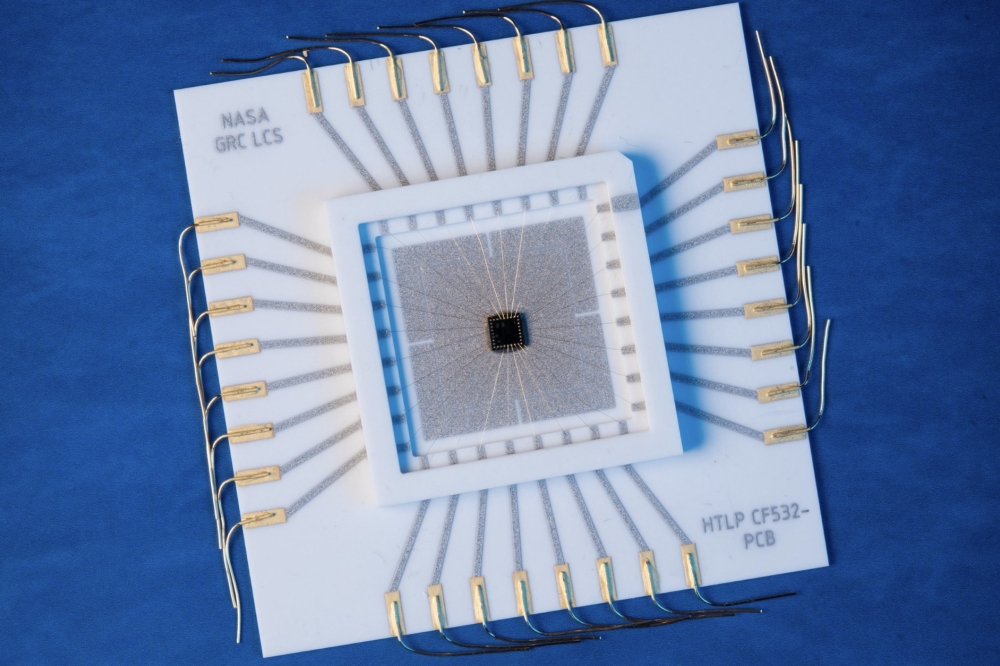
University of Michigan researchers are leading a collaborative effort to bring more heat-resistant sensing and computing chips made of SiC to market for use in advanced aircraft, electric and gas-powered vehicles, renewable energy, defence and space exploration.
Funded by the Silicon Crossroads Microelectronics Commons Hub, the project is launching with $2.4 million in initial funding, and could receive up to $7.5 million over three years.
Engineers at NASA's Glenn Research Center have been researching into the potential of SiC for decades. With an eye toward exploring the surface of Venus, they built a SiC circuit that can withstand 500degC for thousands of hours. NASA Glenn has also shown packaged device operation over a 1,000degC temperature span from -190degC to 812degC with relevance across aerospace.
While SiC is increasingly used in power electronics for EVs, solar and wind energy systems, these applications aren't making the most of its resilience to extreme conditions, say the researchers.
The new project will scale up NASA's technology and manufacturing process to a modern wafer size and make SiC chip design much simpler.
Along with NASA, collaborators include GE Aerospace Research in Niskayuna, New York; Ozark Integrated Circuits (Ozark IC), a technology firm in Fayetteville, Arkansas; and Wolfspeed, a North Carolina-based semiconductor manufacturer.
The project will focus on aerospace, including electronics and sensors that make aircraft engines more reliable and help optimise their size, weight and power. A key goal is the demonstration of a packaged actuator for aerospace or engine applications that can convert electrical signals to mechanical motion .
"NASA, GE Aerospace and Ozark IC have done an amazing job of developing this technology, which is very impactful for a variety of applications. This project will provide a critical pathway to advance and commercialize that technology," said principal investigator Becky Peterson, associate professor of electrical and computer engineering and director of the U-M Lurie Nanofabrication Facility.
In the project, NASA Glenn and GE Aerospace will work together to scale on a high temperature SiC JFET fabrication process from 100- to 150-mm wafers.
“SiC-based high temperature electronics will be a key enabler for delivering new sensor and actuator functionality that improves the capability of future DoD engine platforms. Beyond jet engines, the ability to handle more extreme temperature capabilities could open exciting new applications in control and sensing for hypersonic applications," said Aaron Knobloch, platform leader, controls and electrical systems at GE Aerospace Research.
Ozark IC, which has worked with NASA Glenn through the NASA Small Business Innovation Research program and licensing offices for many years, will support packaging, integration and process commercialisation. Ozark IC has shown a path for the technology working to over 800degC integrated with advanced packaging.
This program builds on Ozark IC's existing Department of Defense work with NASA where DARPA has supported SiC JFET-R technology transition to GE Aerospace's 100 mm facility in New York, and its application to aerospace sensing through the DARPA High Operational Temperature Sensors (HOTS) program.
SiC specialist Wolfspeed will provide the SiC wafers necessary for these devices building on its deep expertise and capacity in epitaxy of SiC. In addition, Wolfspeed will consult with the team on design for commercialization.
Michigan Engineering researchers will refine and standardise a process development kit and transistor models. They will create libraries of commonly-used circuit blocks to make the SiC technology more accessible to integrated circuit designers.
"We'll test the devices and circuits made by NASA and GE Aerospace and packaged by Ozark IC and work together to standardize those pieces," Peterson said. "And we'll use the data to create process development kits and open electronic design automation, or open EDA, software that can help automate the design of integrated circuits, and model their performance. We want to develop advanced refined models so that future users have all the tools they need to design and manufacture commercial products in this exciting technology."
To do this, a team led by David Wentzloff, U-M professor of electrical and computer engineering, will add to the unique open-source tools they've developed for designing analogue and mixed-signal circuits. While open-source design tools for digital circuits are becoming increasingly common, U-M brings them into the analogue realm to implement analogue and digital systems on a SiC chip.
"Our system is unlike other prior analogue circuit design automation tools," Wentzloff said. "The primary difference is we build on top of very mature digital design automation tools—in short, analogue circuits designed with digital design automation tools. This speeds up the design of analogue and mixed-signal circuits and makes it more accessible to a wide range of designers. You no longer need highly specialised analogue circuit design skills."
Today's silicon-based electronics used in engine control systems are limited to 125degC and must be protected from heat through complex and heavy cooling systems or located in cooler areas of the engine.
SiC electronics can function in hot areas within engines and their exhaust systems. The technology established in this project will enable new sensor and actuator functionality, flexible modular control systems, lower weight and simpler engine electrical system architectures. Due to SiC's ability to handle extreme temperatures, SiC electronics can also advance emerging hypersonic aircraft systems which operate at temperatures far beyond the capabilities of silicon.
The project 'Improving Engine Reliability and SWAP with 350-500 C SiC Electronic Systems' It is one of 34 technical projects funded in 2024 by the US DoDe through the Microelectronics Commons program, established by the CHIPS Act.
Pictured above: SIC chip in a high-temperature ceramic package from NASA Glenn Research Center.

